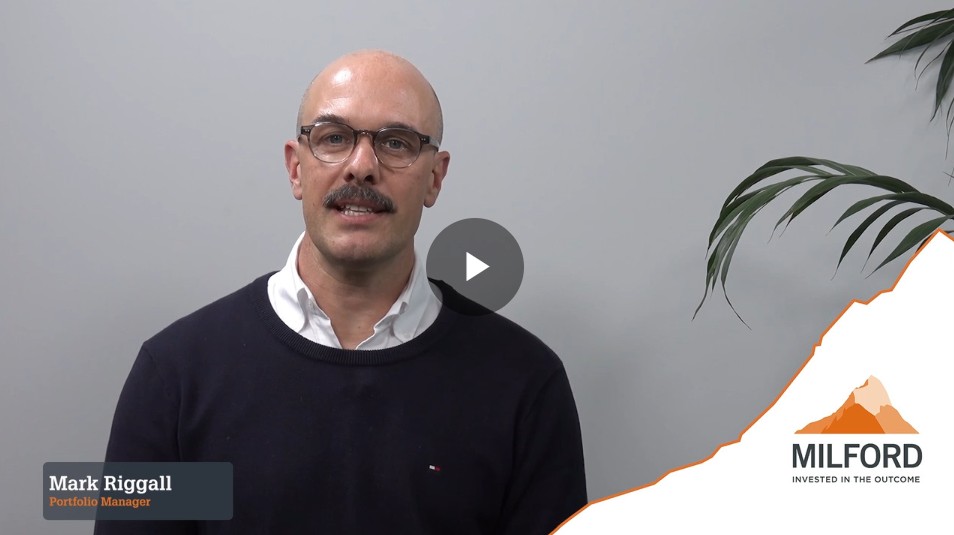The recent bid for AGL caught many by surprise, particularly as the offer was made by a consortium that included one of Australia’s most successful tech entrepreneurs, who is also well known for vocalising his frustrations over the lack of action on climate change. Why would Mike Cannon-Brookes want to own a company that operates coal-fired power plants? For some, it was not a surprise as this is an industry that is about to undergo a massive decarbonisation transition and those now aiming to invest in the energy markets want to be ahead of the trend.
What is driving the decarbonisation of our electricity system? Traditionally, large coal fired power plants supplied our energy needs. Heavy industry and household demands have changed substantially over the past few decades with many manufacturing industries closing whilst households have increased their consumption by buying air conditioners and smart devices and installing rooftop solar. This has resulted in more variable volumes and price. Whilst there are several gas fired peaking power plants. They are insufficient to stop the realisation that the ageing coal power plant fleet is increasingly incapable of balancing the intermittent demand.
The chart below shows South Australia’s electricity demand and price during FY21. It illustrates what the industry calls the “duck curve” where solar increasingly powers much of the electricity needs in the middle of the day with other energy sources needed for the evening peak. Coal is largely a baseload power source and is often running at a loss for much of the day but then struggles to meet the evening peak. This is making coal plants outdated for the modern world especially since they emit large amounts of carbon dioxide. This should see more early closure announcements of coal fired power plants like we saw with Origin Energy’s decision to close their Eraring station in 2025 rather than 2032 as earlier planned.

Source – Origin Energy
So, why then would Mike Cannon-Brookes want to buy an energy company? What’s the attraction to get involved in this industry? We believe electricity demand will grow as the country electrifies its energy needs. This demand will come from increasing adoption of Electric Vehicles (EVs), appliances like heat pumps and falling costs to encourage households and businesses to install batteries. This will lead to further changes in how we generate, store and use our electricity. Virtual power plants are starting around the country at the town level but also within our own homes. Technology is developing that will tell you when to use your energy and when to store it or sell it into the grid.
Companies like AGL and Origin are the largest incumbents and possibly have the most to lose from these trends. However, if they adapt, they could very well build on their industry leading positions. Their main asset is their large customer bases who are increasingly demanding green solutions and will want technology to improve their use and cost of energy.
The next few decades will see our energy system change dramatically. A growing number of investors are trying to be ahead of the curve by leading Australia in its decarbonising future. Several well-known companies like Telstra and Ampol are developing their capabilities in the retail electricity space They will aim to either cross sell products (with say broadband) or are looking at a future of fewer service stations.
Expect more surprises in our energy system as major changes takes place. The path will not be clear but expect to see less oil and gas in our energy mix that will increasingly be supplied by renewable electricity and improving technology.
[1] As per Capital Economics, based on 2020 share of global production. https://data.capitaleconomics.com/zmimnob/oil-market-monitor.
[2] As per Capital Economics, million barrels per day in 2020.
[3] As per Capital Economics, million barrels per day in 2020.
[4] As per the International Energy Agency. https://www.iea.org/news/global-co2-emissions-rebounded-to-their-highest-level-in-history-in-2021
[5] As per the European Commission. https://ec.europa.eu/reform-support/what-we-do/green-transition_en



